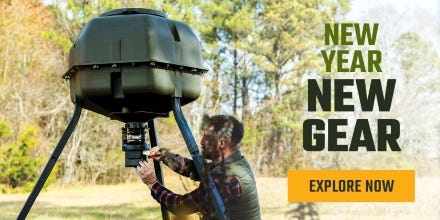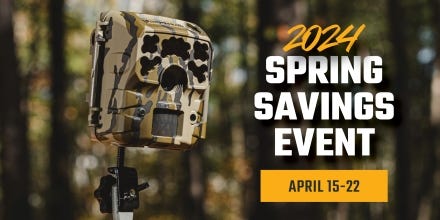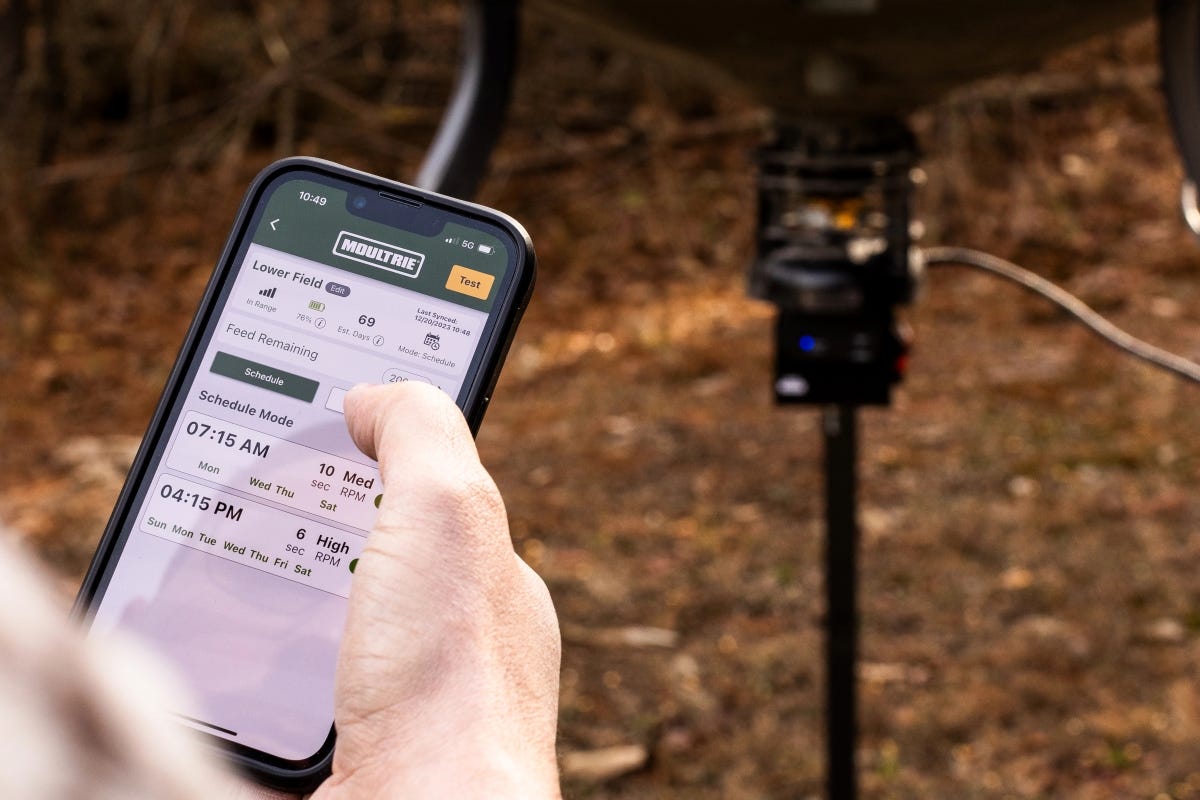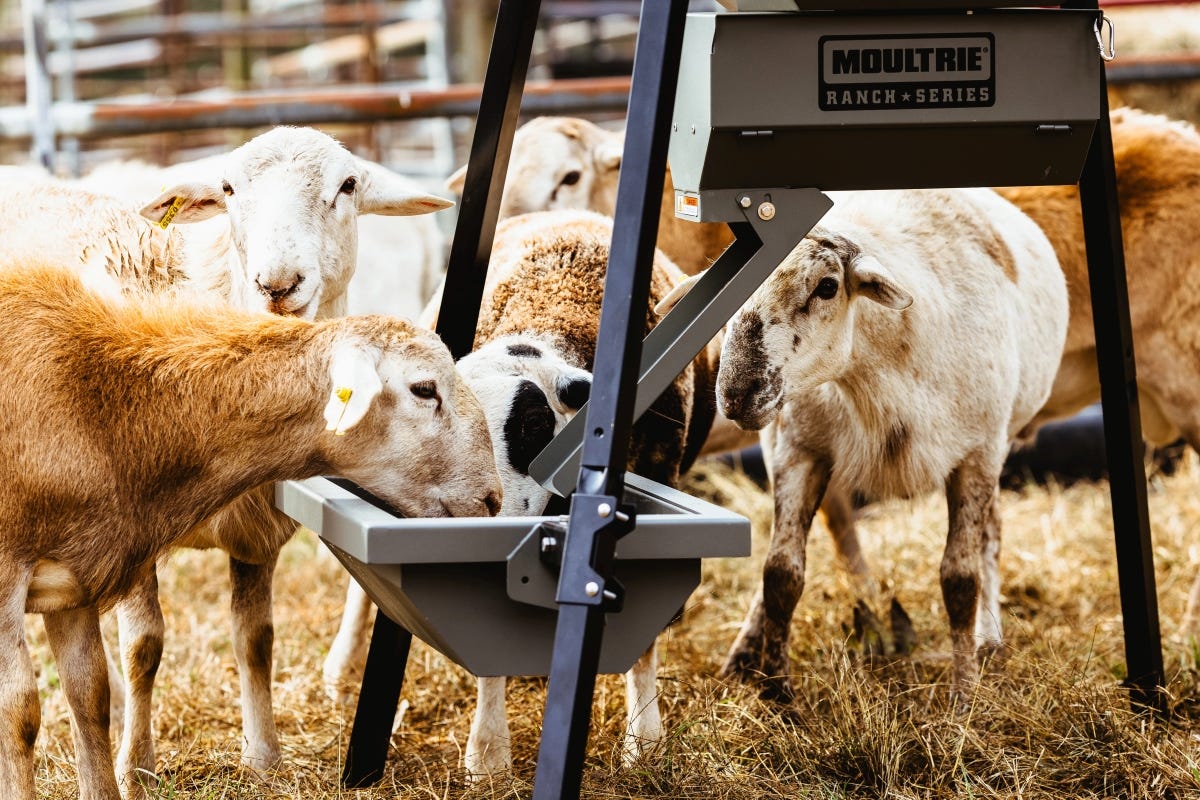- Feb 12, 2019
What You Need to Know About Off-season Supplemental Feeding

Mother Nature can be one mean mother. Growing up in Michigan, I know this all too well. While my neck of the woods in the southern part of the state features plenty of agriculture and browse to fuel deer through the winter months, I’ve witnessed what happens in areas with less ideal habitat. My grandparents spent about half of my life living in Michigan’s Upper Peninsula, a land of vast conifer forests and marginal whitetail habitat where annual snowfalls are measured in feet. Deer die there in the winter — and they die by the thousands.
Supplemental feeding isn’t just about pure survival. In most areas of whitetail country, deer will survive just fine. But even in those regions, a sensible supplemental feeding program can benefit deer in a big way. When deer enter the spring fat and happy, you’ll witness improved antler growth and increased fawn production. Feeders are an ideal way to provide deer with wintertime nutrition. But what should you stoke those feeders with?
Corn Isn’t King |
Shelled corn is easily the most popular form of feed, and deer certainly love it. But corn alone isn’t enough — and in some instances it can do more harm than good. A deer’s stomach and digestive process is a complex system. It is designed to adapt to periods of reduced food. Flood that period with high-carb corn, and things can get bad in a hurry. Deer feeding primarily on shelled corn can develop acute acidosis, a condition that can ultimately prove fatal. It’s okay to include corn in your supplemental feeding program, but don’t overdo it and don’t feed corn alone.
Mix it Up and Do it Slow |
To provide deer with the nutrition they require (and that won’t kill them), consider all aspects of a deer’s nutritional needs. Corn can be part of the equation, but so should oats, soybeans, and manufactured pellets formulated specifically for deer. The key is to provide as balanced a diet as possible. And you’ll need to provide that diet all winter long. Suddenly introducing a large volume of feed can cause issues for deer that have conditioned their systems to survive on less, particularly if that new food source disappears as suddenly as it showed up. Start slow and maintain your feeders throughout the winter.
A single feeder location is likely not going to do much to help deer survive the winter. In some instances, it will actually hurt their chances by creating competition for the food and adding stress. Multiple feeder locations will help minimize this competition while also reducing the distance deer must travel. Again, a supplemental feeding program should be maintained for the duration of winter. Don’t wait until conditions get bad, as this can be counter-productive and could prove deadly to deer as well. —Tony Hansen
About the Author: Tony Hansen manages for and hunts mature whitetails in his home state of Michigan, where sweating the details is the only way to succeed. When not hunting his own properties, he can be found pursuing deer on public land throughout the whitetail’s range. Tony’s writings have appeared in Outdoor Life, Traditional Bowhunter, North American Whitetail, and Bowhunter.






